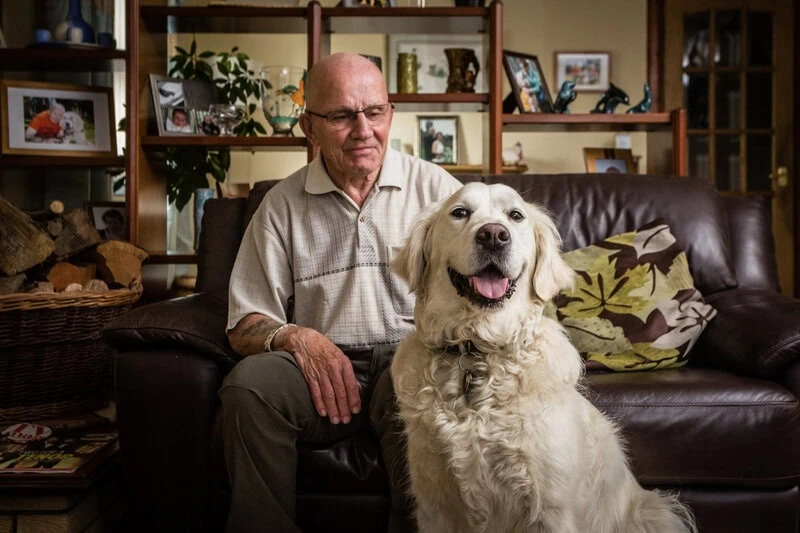How to protect your dog from theft
01/02/2018
01/02/2018

Losing a dog is every owner’s worst fear, and the idea of someone taking your dog can feel unthinkable. While dog theft is still relatively rare, there are simple steps you can take to keep your dog safe and give yourself peace of mind.
We’ve pulled together some practical tips to help reduce the risk and keep you and your dog safe while out and about.
Try to avoid using your phone or getting distracted when out walking. Keep your focus on your dog, especially in quieter areas where it’s easier to miss signs of risk.
Check fences and gates regularly, and keep them locked when your dog is outside. If you can, keep an eye on them while they’re in the garden to make sure they’re safe.
Even if you’re just popping into a shop, never tie your dog up outside or leave them alone in a car. It only takes a moment for someone to take them.
When walking on the pavement, try to keep your dog on the side furthest from the road. Parked cars with open doors can pose a risk, and keeping your dog close helps prevent unwanted approaches.
Pick places where you can see clearly in all directions. Avoid wooded areas or places with limited visibility. Some people also use private dog fields for added peace of mind.
If your dog’s recall isn’t consistent, an extendable or training lead can give them some freedom while keeping them safely close.
Tasty rewards like chicken or cheese can help encourage your dog to return quickly when called. A strong recall is one of your best tools for keeping them safe.
Varying your walking times and routes can help reduce predictability and make your movements less noticeable to others.
Walking with a friend or family member can help you feel more confident, and gives you extra support if needed.
Your dog should always wear a collar with an ID tag, and be microchipped with your current contact details. Ask your vet to check the chip at regular health checks.
Keep up-to-date photos of your dog that show their face and any unique markings. This can be helpful if you ever need to report them missing.
If your dog goes missing, act quickly. These steps can help:
Contact your local dog warden, vet and nearby rescue centres
Report the theft to the police and ask for a crime reference number
Register your dog with DogLost, a free national lost dog service
Imagine if everyday tasks were so challenging or physically demanding they affected your quality of life. For many people living with a disability or families with a child with autism, that is their reality. Now imagine if a specially trained four-legged friend could restore your, or your family’s, independence.
The demand for our services is high and we can’t help as many people as we would like to without more funding. Please help us continue to bring people and dogs together to help make everyday life possible in so many extraordinary ways.
Every contribution, whatever size, is important and helps us make a difference.
